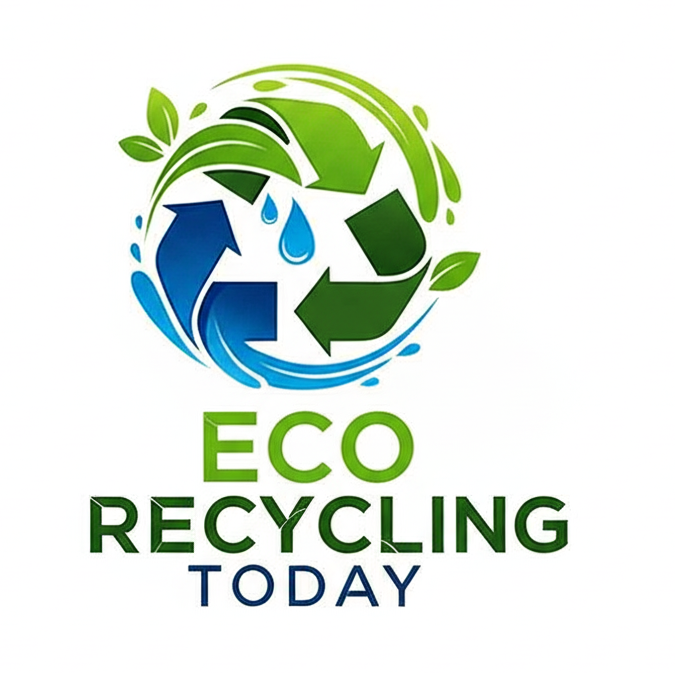In today’s rapidly evolving environmental landscape, businesses and organizations are under increasing pressure to adopt sustainable practices and reduce their ecological footprint. One powerful tool helping to achieve these goals is digital waste tracking — a technology-driven approach that transforms how waste is managed, monitored, and minimized.
![]()
What Is Digital Waste Tracking?
Digital waste tracking involves using software platforms and smart devices to monitor waste generation, collection, processing, and disposal in real-time. By digitizing the entire waste lifecycle, organizations gain precise visibility into the types, quantities, and destinations of their waste streams.
Waste Tracking Important for Sustainability
Effective waste management is a cornerstone of sustainability. Traditional manual tracking methods are often error-prone, inefficient, and lack transparency. Digital tracking addresses these challenges by:
- Increasing Data Accuracy: Automated data collection reduces human errors.
- Improving Compliance: Real-time monitoring helps organizations meet regulatory requirements.
- Enhancing Resource Efficiency: Identifies waste reduction opportunities and optimizes recycling efforts.
- Reducing Environmental Impact: Better tracking leads to decreased landfill use and carbon emissions.
Benefits of Digital Waste Tracking
1. Real-Time Visibility and Reporting
With digital tools, companies can access instant reports on waste volumes and composition. This visibility enables quicker decision-making and more effective waste diversion strategies.
2. Optimized Waste Collection and Processing
Data insights help optimize pickup schedules, reduce unnecessary transport, and ensure waste goes to the right recycling or disposal facilities, saving costs and emissions.
3. Supports Circular Economy Initiatives
By tracking waste streams, businesses can identify materials suitable for reuse or recycling, promoting circularity and reducing raw material consumption.
4. Enhances Corporate Social Responsibility (CSR)
Transparent reporting enabled by digital tracking strengthens stakeholder trust and can improve sustainability ratings and certifications.
How Businesses Can Implement Digital Waste Tracking
- Choose the Right Software: Select platforms designed for your industry and waste types.
- Integrate IoT Devices: Use smart bins and sensors for automated data capture.
- Train Staff: Ensure employees understand the tools and sustainability goals.
- Analyze Data Regularly: Use insights to refine waste reduction policies.
Case Study: Green Manufacturing Company
A manufacturing firm implemented digital waste tracking and reduced landfill waste by 30% within a year. By optimizing their waste streams, they not only cut disposal costs but also gained a competitive edge by marketing their commitment to sustainability.
Digital waste tracking is more than just a technological upgrade — it’s a strategic move towards sustainability. By embracing digital tools, organizations can drive meaningful environmental impact, achieve compliance, and build stronger community trust.
